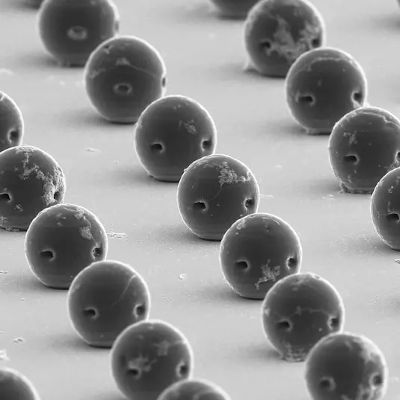Mathematical analysis of causality in compelx systems
Nov. 04, 2024.
2 mins. read.
Interactions
This approach helps determine how different variables contribute to a specific effect when multiple factors are involved.
Researchers at Caltech and MIT are developing mathematical methods to understand cause and effect in complex systems. Named synergistic-unique-redundant decomposition of causality (SURD), this approach helps determine how different variables contribute to a specific effect, especially in scenarios where multiple factors are involved. This method has broad applications across various fields including climate science, economics, medicine, and engineering.
The researchers developed SURD to tackle complex causal questions like how climate variables might influence weather patterns, what triggered the 2008 stock market downturn, or what factors lead to material failure.
“Previous methods will only tell you how much causality comes from one variable or another,” explains research leader Adrián Lozano-Durán in a Caltech press release. “What is unique about our method is its ability to capture the full picture of everything that is causing an effect.”
The researchers describe SURD in a paper published in Nature Communications.
According to the researchers, SURD enhances traditional causality analysis by not just identifying the magnitude of causality from individual variables but by categorizing it into unique, redundant, and synergistic causality.
Unique causality happens when a single variable alone causes an effect. Redundant causality involves multiple variables where each could produce the same effect, but only one is necessary. Synergistic causality occurs when two or more variables must work together to produce an effect, which none could achieve alone.
According to the researchers, SURD prevents the misidentification of causal relationships, offering a clearer, more comprehensive picture of how variables interact to drive outcomes.
Multidisciplinary applications
The researchers validated SURD by testing it on various different scenarios, each with known outcomes, demonstrating that the method consistently provides accurate results without mixing up different types of causality.
One of the practical applications of SURD involved studying turbulence around a wall. It helped in understanding how velocity at different altitudes affects each other, showcasing how the tool can pinpoint which variables are truly influential. This kind of insight could be crucial for optimizing designs in aerospace by identifying the real causes of issues like increased drag on an aircraft.
However, causal inference “is very multidisciplinary and has the potential to drive progress across many fields,” says researcher Álvaro Martínez-Sánchez.
Let us know your thoughts! Sign up for a Mindplex account now, join our Telegram, or follow us on Twitter.


.png)

.png)


.png)




0 Comments
0 thoughts on “Mathematical analysis of causality in compelx systems”